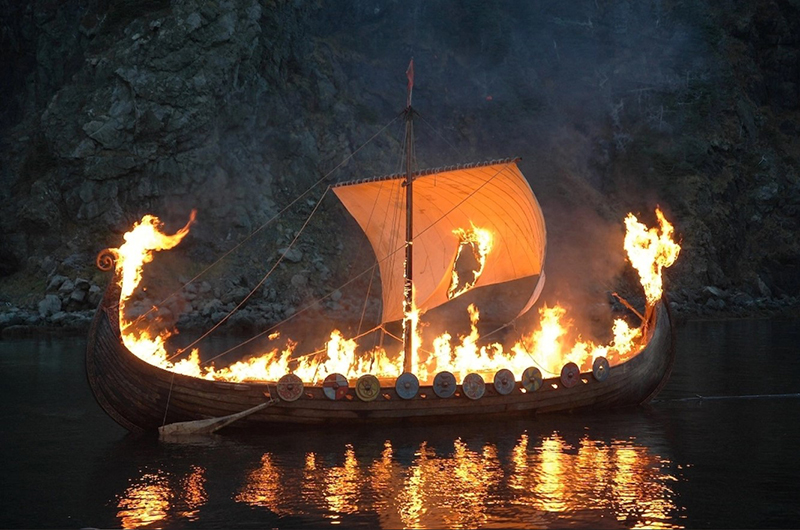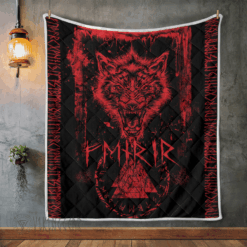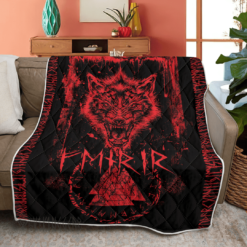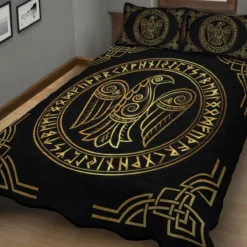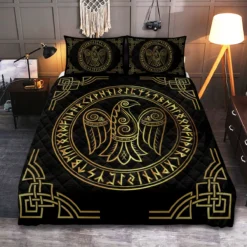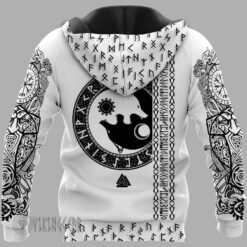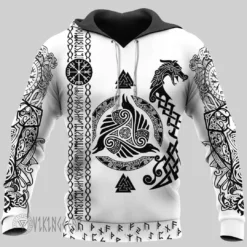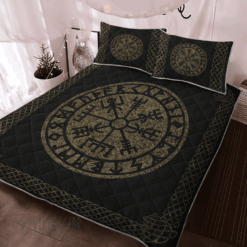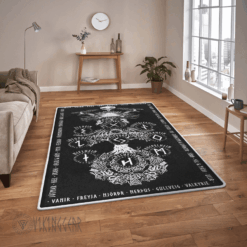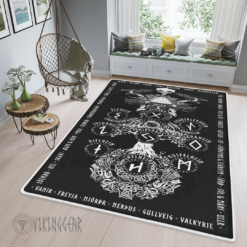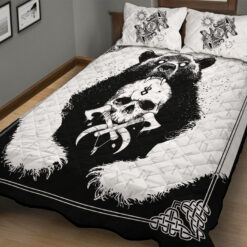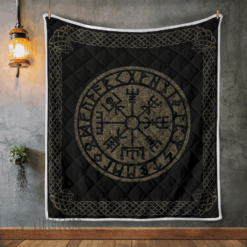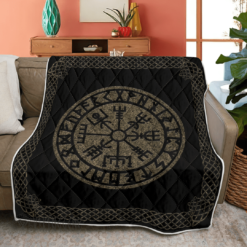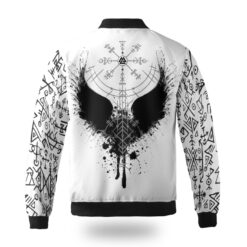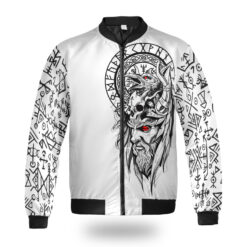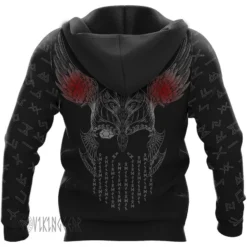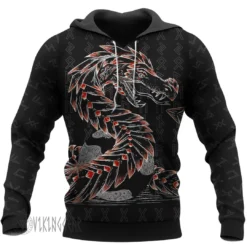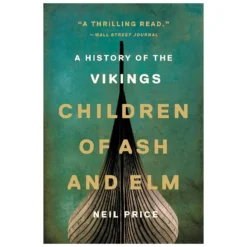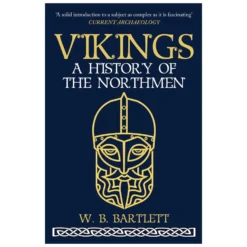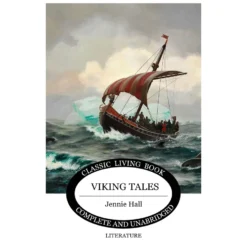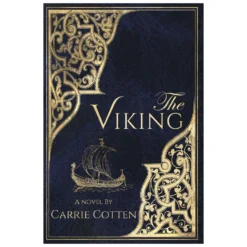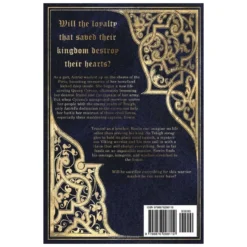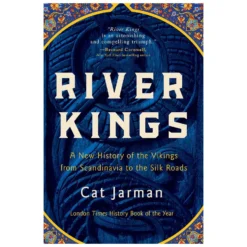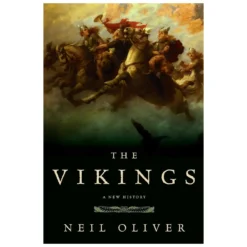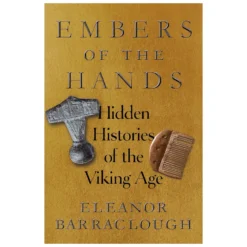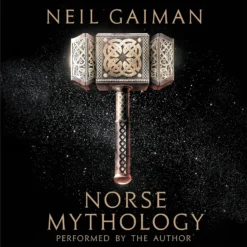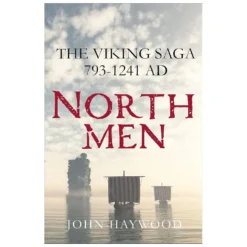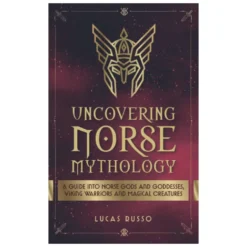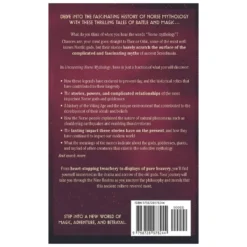Viking Blog
Viking Funeral: The Mystical Legends and the Enigmatic Ritual of Sea Cremation
The Viking funeral, shrouded in mystique and legend, continues to captivate our imaginations. Flaming ships, sailing into the sunset, now symbolize Norse culture. They carry warriors to their rest. These dramatic portrayals are alluring. But Viking funerals were more nuanced and fascinating.
The Myth vs. Reality
Popular culture often depicts Viking funerals as grand ceremonies. A ship lays a fallen warrior on it, sets him ablaze, and casts him adrift. This striking image, while powerful, contains some inaccuracies. Both archaeological evidence and historical accounts suggest that ship cremation was rare. Those of exceptional wealth and status reserved it.
Viking funeral practices were diverse. They varied by social status, regional customs, and the era. Cremation and burial were the most common methods. Both had deep spiritual meanings. People thought these rituals would help the dead reach the afterlife. That journey was full of challenges and wonders.
The Role of Ships in Viking Funerals
Ships were central to Viking culture. They symbolized maritime skill and exploration. They also connected the Vikings to the divine. People saw them as vehicles that could transport the soul to the afterlife. The Oseberg and Gokstad ship burials in Norway illustrate this belief.
Ship burnings were rare. But their symbolic value lived on in other funerary practices. Someone might bury the dead in a ship-shaped grave, marking it with stones or timbers. These graves often held valuable goods, weapons, tools, and sacrificed animals. They were provisions to aid the deceased in the afterlife. This practice underscores the Viking belief in the continuity of life beyond death.
The Spiritual Beliefs Behind Viking Funerals
Viking funerary rites had a strong connection to Norse myths. They believed in an afterlife. Many believed that death and funeral rituals affected the afterlife. People believed that warriors who died in battle went to Valhalla, Odin’s grand hall. They were courageous and brave. There, they would feast and train for Ragnarok, the final battle that would decide the gods’ fate.
Others might journey to realms like Hel, a shadowy underworld ruled by the goddess of the same name. No matter the destination, they perform funeral rites. They honor the dead and ensure their safe passage to the afterlife.
The Rituals of a Viking Funeral
Viking funerals were elaborate affairs, often commencing with a solemn procession. They laid the deceased in their finest attire among their cherished possessions. For prominent individuals, this might include weapons, jewelry, or a treasure-laden ship.
In cremation rites, flames consumed the body and its possessions on a grand pyre. In Viking belief, fire had a purifying, transformative power. It symbolized the soul’s release from its mortal shell. The ashes were then either interred in a mound or scattered at sea, depending on local customs.
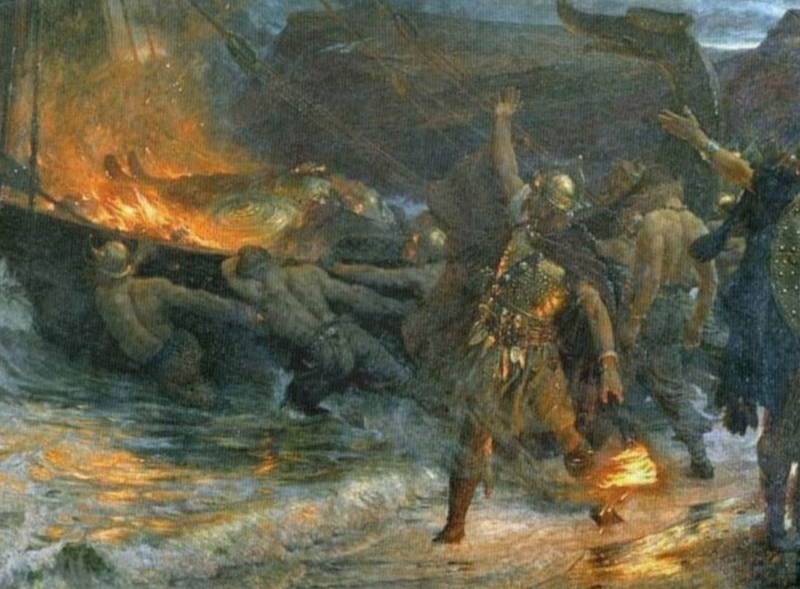
Inhumation was the burying of the dead in a grave, with grave goods. A mound or a stone monument marked it. Some graves had extravagant displays. They reflected the wealth and status of the departed. These burial mounds, scattered across Scandinavia, show the Vikings’ reverence for their ancestors.
Women in Viking Funerals
Viking funerary rites were not exclusive to men. Elaborate send-offs honored women, especially powerful ones like priestesses and noblewomen. The Oseberg ship burial, for instance, held the remains of two women. It contained a wealth of artifacts, textiles, and animal sacrifices. They showed their high status and the journey’s importance to the afterlife.
The Legacy of Viking Funerals
The iconic image of a burning ship is not a typical Viking funeral. But the legacy of these rituals endures. The focus on honoring the dead and an afterlife inspires. So do the powerful symbols used.
Modern takes on Viking funerals, like reenactments or cremations, honor the tradition. They adapt it to today’s values. These events celebrate Viking heritage. They remind us of a universal human desire: to honor the dead and find meaning in life and death.
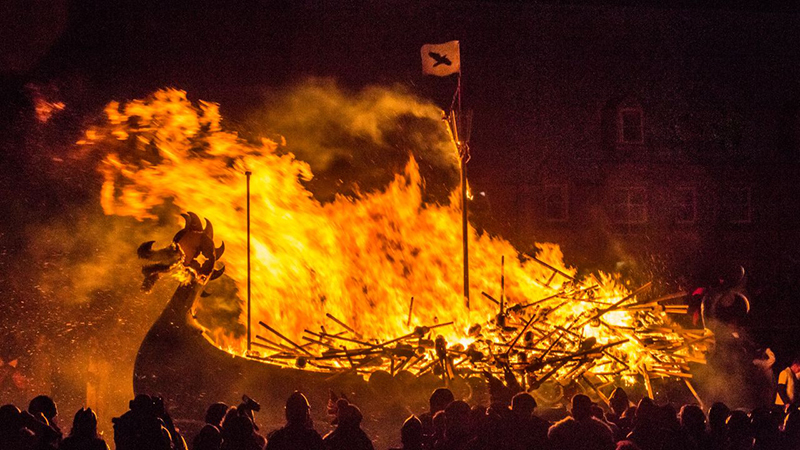
Conclusion
The Viking funeral transcends the romanticized, blazing ship image. It reflects the Vikings’ values, beliefs, and spiritual worldview. Cremation, burial mounds, and ship burials were rituals. They connected the mortal and divine realms. They ensured the deceased’s final journey was honorable and dignified. These practices are mysterious. The text reveals a world where life and death intertwine in myth, legend, and reverence.

